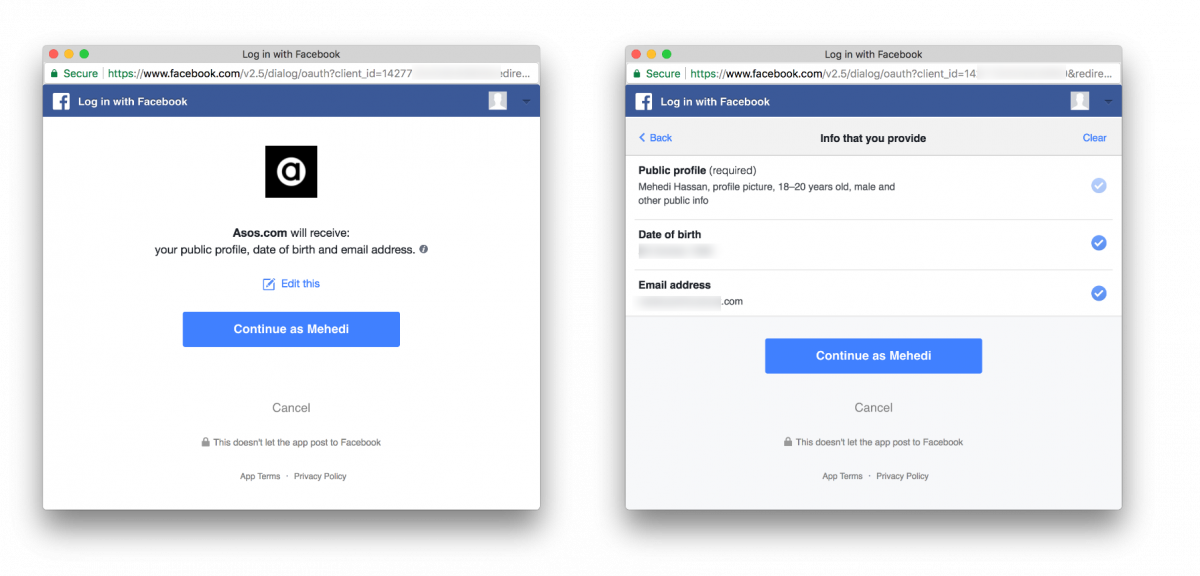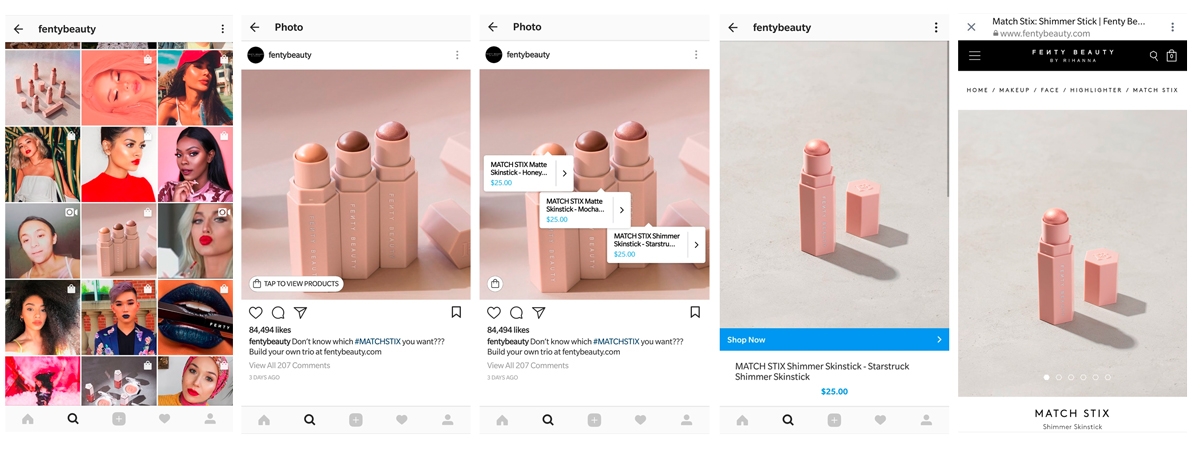Facebook’s organic reach is dropping more and more every month. The high online advertising competition is driving advertising cost higher and higher, especially for a high-quality audience on social media. On the other hand, influencer marketing is the fastest-growing marketing trend. Such challenging environment and appealing new marketing models attract a lot of brands to look into influencer marketing. So, how to implement a KOL campaign?
In this series of 3 articles, that you can find in our DBL insights section, we will dive into key aspects of this marketing type. But first things first, social media are not like traditional media because they are all about takeaways. An “industrial influencer” campaign activating KOLs doing basic selfies with the latest cream received by mail a few hours earlier in their bathroom… is not accurate for this channel. For brands seeking a long-term success, this type of marketing requires an unusual storytelling and emotionally appealing content.
Objective #1: building brand awareness with a KOL campaign
Brand communication is probably one of the most challenging objectives to achieve. Caused by a lack of objective definition, brand awareness is a goal that is sometimes used in the wrong way.
Complex to achieve, one of the top priorities is to first identify what is your current brand awareness, so you’ll be able to measure the results of your KOL campaign in a “before versus after” analysis. For big brands, a social media listening solution can help to monitor the benefits of your KOL campaign in terms of reach, engagement, aftermaths, and sentiments.
Objective #2: generating leads
“Lead-gen” KOL campaigns require meaningful and valuable incentives to drive engagement, and registrations, to achieve the goal of collecting emails.
For B to B, more and more KOLs, also named “gurus”, per industry are sharing insights and guidelines prior to email registration.
In the case of B to C, these campaigns are essentially focused on Facebook. This is because one influencer can directly distribute some content or posts with tracked hyperlinks. Facebook Apps were known to be the most powerful way to acquire leads, emails, and other public information (mobile number, friends list etc…). Soon, the policies could change significantly due to the Cambridge Analytica scandal, and the “GDPR” European Union law. Hence, brands will probably not be able to collect personal information in similar conditions.
Finally, to get an optimal performance, a Key Opinion Leader “lead generation” campaign requires a thought-out “welcome email package” to maximize the ROI and the UX.

Objective #3: acquiring new followers or fans
Mini Social Media contests posted by KOLs are one of the most common strategies to drive fans acquisition. The ones with a large number of followers will redirect their audience to your social ecosystem. Note that some platforms are strictly controlling this type of acquisition tactic.
- On Facebook and WeChat
These types of contests are no longer accepted under Facebook’s contest guidelines: “like one or multiple pages, like to enter a contest, are no longer permitted.” On WeChat, the regulations are also strict, brands can’t request for following to be part of a contest.
Facebook Promotion Guidelines: https://www.facebook.com/policies - Instagram
Instagram is the most flexible social media channels to implement a “Follower acquisition KOL contest.”
Promotion Guidelines of Instagram: https://help.instagram.com/179379842258600
We strongly recommend following the policies of each social media channel to avoid any accounts suspension or shut down.
Objective #4: driving traffic
Instagram was historically not the right channel to drive traffic as it is currently impossible to post clickable hyperlink into your posts when this is possible on WeChat or Facebook.
In a recent release by Instagram, not available for Hong Kong accounts yet, some brands with large audiences can now tag products in photos, then redirecting to accurate product webpages.
One more available option for Instagram accounts is the story swipe up. This function is available as long as your account is a business Instagram account with 10,000 or more followers! Activating this function allows linking your story to any hyperlink, hence boosting the traffic to a website, a youtube channel or any other landing pages…
How is it working?
- Take a photo or a video
- Select the hyperlink icon
- Paste your (tracked) link
- Select “Done” and Post your story
- Start to monitor the traffic coming from your influencers
Objective #5: drive sales from a KOL campaign
The different social media channels are not equally efficient in terms of sales generation. User behaviors can also greatly vary per region.
- In Europe and the US
Facebook and Instagram are well known for brand awareness, posting, and messaging. Users remain traditionally focused on entertaining content and are not willing to purchase directly on social media. A subtle conversion funnel implementation is required to drive sales. - In APAC
Facebook and Instagram can be extremely useful to drive direct sales in Asian developing countries like the Philippines, Thailand, Vietnam or Indonesia. Audiences tend to shop low-value goods on social media, sending direct messages to influent social media KOLs or direct seller. - In China
Chinese consumers are already very familiar with “social commerce.” WeChat followers are happy to purchase quickly a product recommended by their preferred KOLs. Meanwhile, they can do so using native WeChat e-commerce integration such as JD.com and WeChat Pay as well.
It’s important to note that by showcasing products on social media, the influencer is also responsible for the quality of the products. Bad buzz often happens quickly in China. It’s not rare to see some influencers losing a large number of followers after showcasing low-quality products on their accounts.
The next article will be explaining how to choose the influencers for your next KOL campaign: https://digital-business-lab.com/2018/06/influencer-selection/



